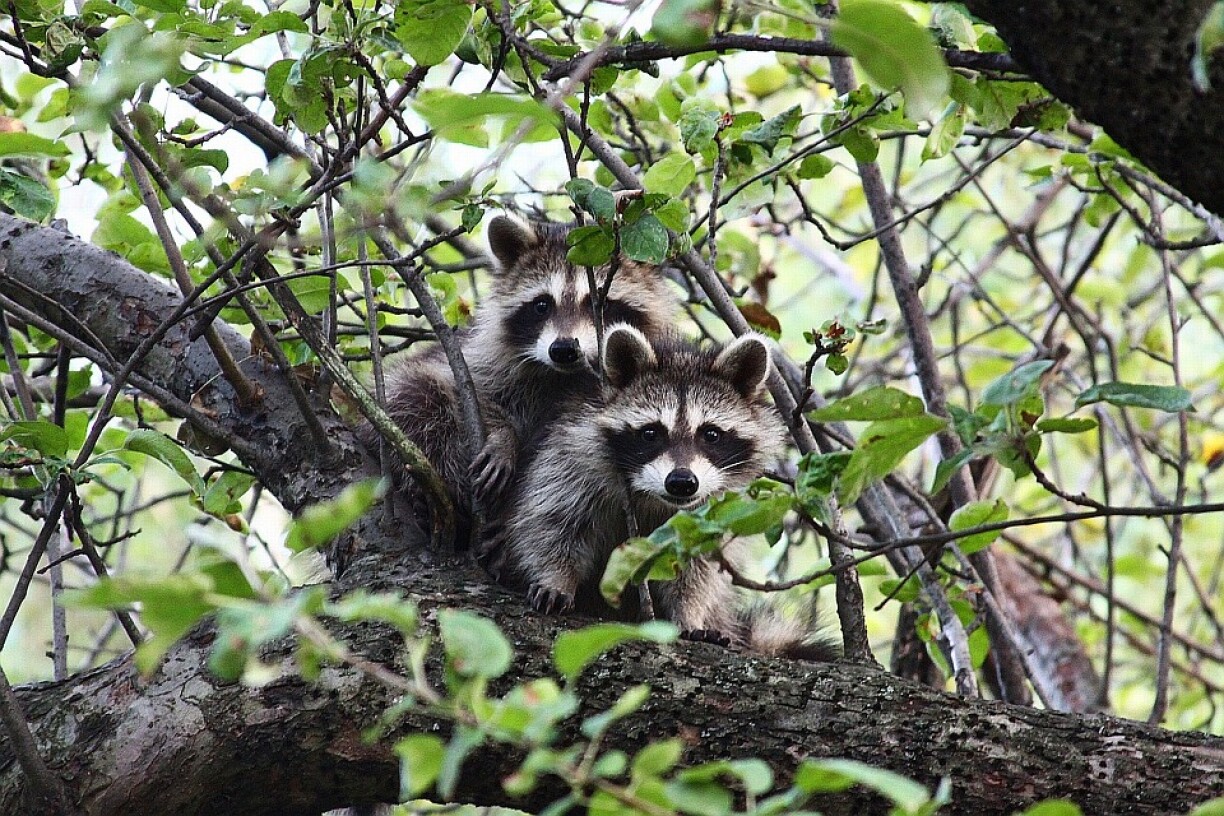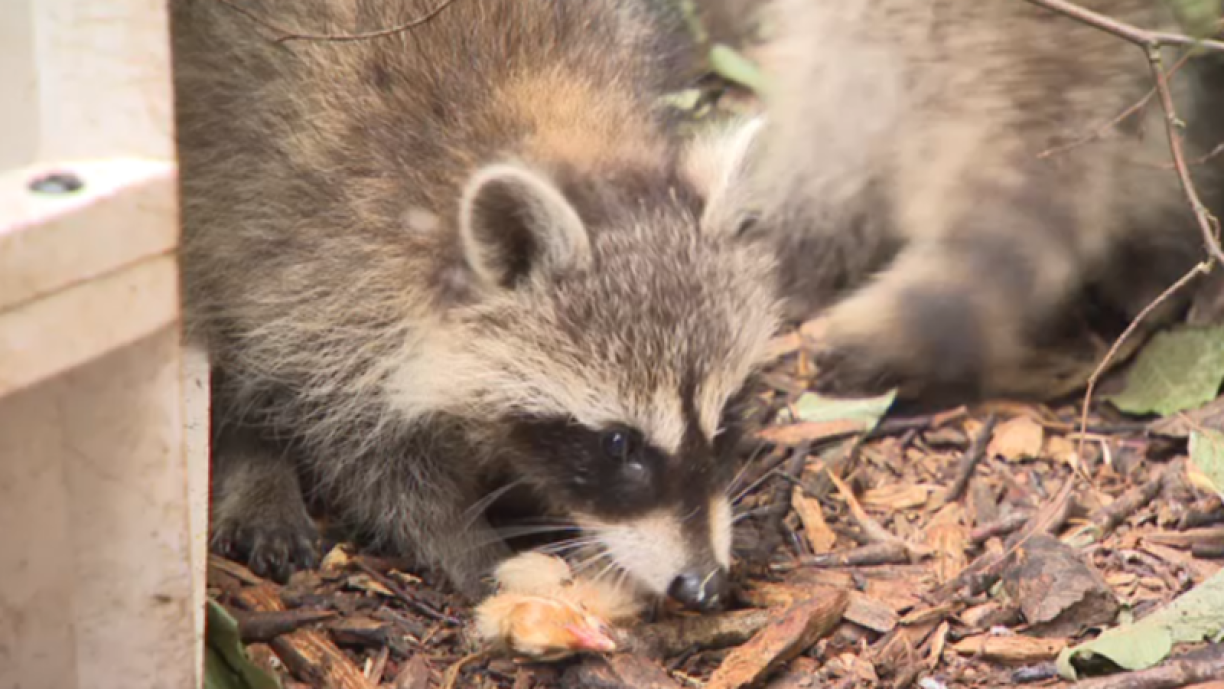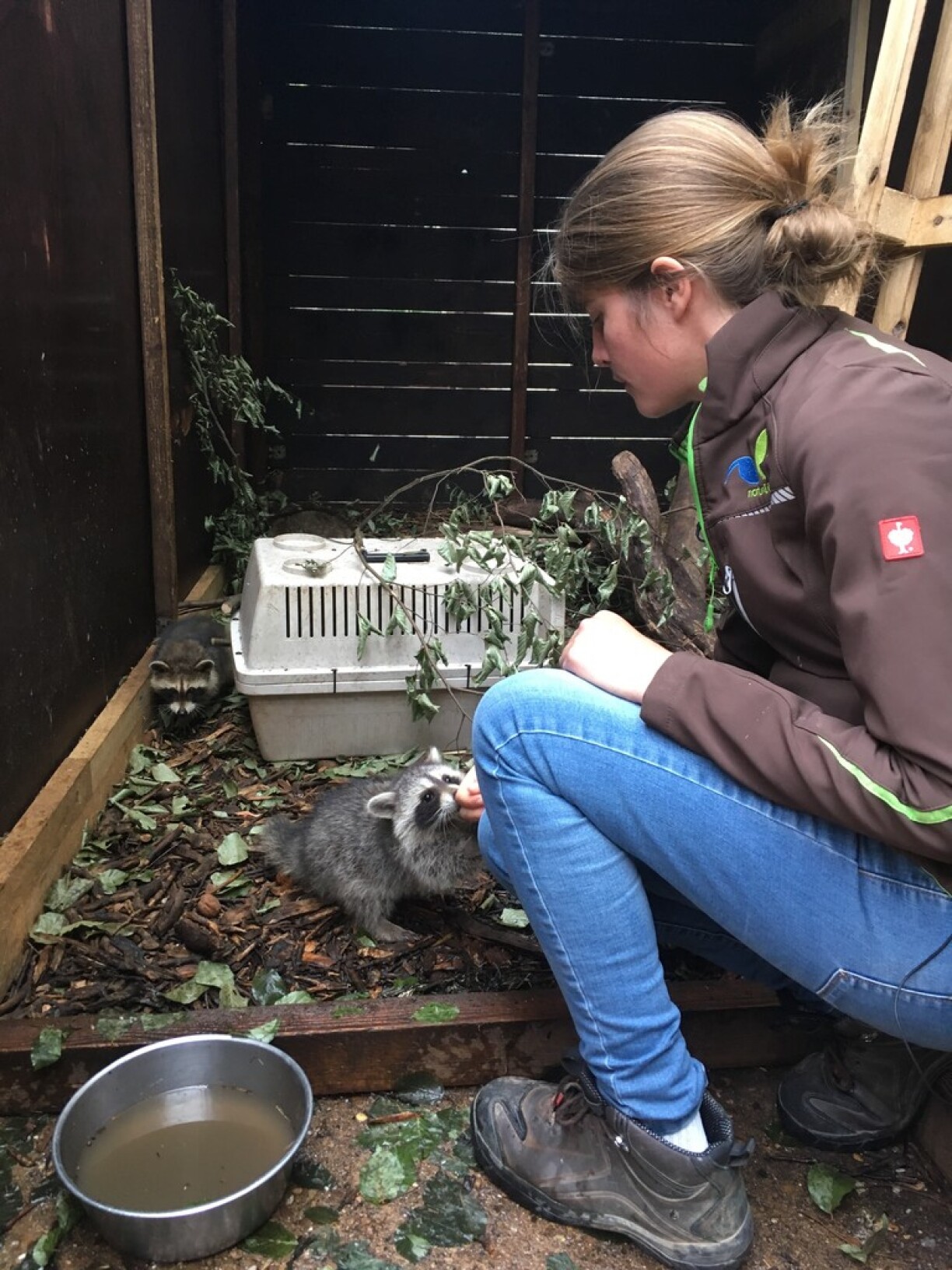
Raccoon populations are in the midst of becoming a real issue in Luxembourg, and especially for the wildlife station. Whilst the animals might seem cute and friendly, they are far from it. However, this doesn’t people from fixating on the cute first impression of raccoons.

The official guidelines are quite brutal, as a European directive of 2014 stipulates that raccoons should be killed as they are classified as an exotic animal known for invading territories. The European directive lists 49 different types of invasive animals and plants, twelve of which can be found in Luxembourg. Of those twelve species, the raccoon is one of them.
Many raccoons can be found at the Dudelange wildlife station, where the sanctuary’s staff do care for the animals, but face a conundrum. They cannot release raccoons back into the wild as they belong to the invasive species list. The issue becomes an even acuter dilemma as the station’s management have to find a solution all while circumventing contact between humans and animals.
Last year, the wildlife station focused on rehoming raccoons, eight of which were transferred to the French Sainte-Croix animal park in Lorraine. The Hunawihr nature park in Alsace is another partner the wildlife station works with to find solutions to the raccoon problem.

The wildlife station’s management team is also exploring another avenue to resolve the issue of raccoons in Luxembourg, mainly be raising awareness. The station hopes to raise awareness amongst the public that they must not feed raccoons, no matter how cute they seem. Nor should residents try to keep raccoons as pets.
Despite how fluffy and sweet raccoons seem, they are wild animals. The issue is especially prevalent when it comes to baby raccoons. People may spot a baby raccoon in a field and don’t consider the fact that the mother is not far. Consequently, they might take the baby raccoon home, which means it ultimately ends up at the sanctuary.
Raccoons exemplify the wildlife station’s general policy, which is that people should never remove wild animals from their natural habitat unless they’re in danger or critically injured.
30 years of the wildlife station (1): Fantastic beasts and where to tend them
30 years of the wildlife station (2): Dudelange animal care station always in need of volunteers
30 years of the wildlife station (3): Four drop off points for wildlife in the Grand Duchy